Travel Maine’s Old Canada Road (Route 201 Scenic Byway) to Quebec City
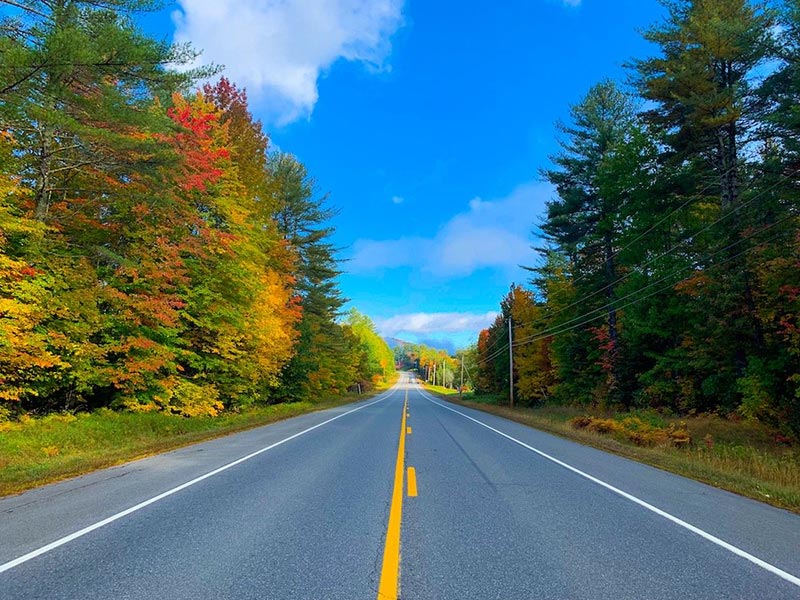
The Old Canada Road, one of Maine’s National Scenic Byways, is the stretch of Route 201 from Solon north through The Forks and Jackman all the way to the Canadian border. That’s 78 miles of scenic New England driving following the eastern side of the Kennebec River. The trip can take anywhere from three hours to a full day, depending on how often you stop to explore the natural beauty along the way. There is everything from scenic overlooks; to opportunities for fishing, boating, camping; to swim holes and waterfalls (like Houston Brook Falls). Maine’s fall foliage season makes for a particularly good time to go as the many trees lining both sides of the road change from green to yellow, orange, and red. Many photographers make the drive during this period, in late September and early October.
Given the beauty found in driving this stretch of Maine, it’s easy to overlook the corridor’s rich history. You will travel through towns whose commercial buildings, clapboard houses, and aging downtowns hearken back to the bustling 19th and early 20th centuries. That’s when the large tracts of timber, coupled with rivers that could move it and power mills, brought the lumbering industry to the region. The money and people soon followed. Jobs were plentiful. Times were good. But then, as lumbering mills slowly began closing all across Maine, the once-bustling towns began losing residents. Today, while people do still live in the towns, it’s the many outdoor adventure opportunities that bring most outsiders to the area.
The history of this region goes much deeper than that, of course; and while the byway may be referred to as the Old Canada Road, it still serves that purpose today, a main road to Canada, particularly Quebec City.
A Brief History of the Kennebec-Chaudiere International Corridor
Driving the Old Canada Road is its own adventure doused in natural splendor, but Maine history buffs know that this byway is just a part of the larger Kennebec-Chaudiere International Corridor. This culturally rich stretch encompasses the entire Kennebec River and the Chaudiere River Valleys that it flows from. Whereas the Old Canada Road is about 78 miles, the International Corridor is about 230 miles, running from Quebec City to Popham Beach, near Bath in Maine’s mid-coast region.
The Corridor was used by travelers for hundreds of years prior to the arrival of English and French settlers. The region’s indigenous people, the Abenaki tribe, traveled the area to both the Saint Lawrence River and the Gulf of Maine, using it as a trading route until around the 1600s. That area, near present-day Bath, was home to the Popham Colony and Fort St. George, established in 1607 as the first English settlement in New England, 13 years before the Mayflower’s landing at Plymouth Rock. Soon after, European settlers began using the Corridor for trading, floating goods along the Kennebec River to Maine’s remote interior and back.
The Saint Lawrence River and the Kennebec River would eventually serve as boundaries, keeping English and French colonies separated. There was a century of small battles around the area when, in 1763, the English finally took over the Acadia region. The century that followed saw French-Canadians using the route as a means to move south in search of work in the Maine lumber mills and forests.
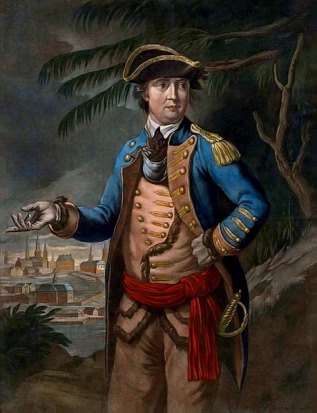
Historically, the area is most known for being part of Benedict Arnold’s dramatic attempt to lay siege to the French settlement at Quebec during the Revolutionary War. He used the interconnected waterways to lead 1,100 soldiers from Cambridge, in today’s Massachusetts, up through the Kennebec and Dead rivers in bateauxs, a type of flat-bottomed boat. The beginning of the trip, from Cambridge to Fort Western, in present day Augusta, Maine, was largely uneventful. They arrived there on September 25.
From Fort Western, things took a turn for the worse. Trails had to be blazed. Leaking boats needed repair. Worse, water in the boats lead to spoiled food. The soldiers were wet all the time. If not from a leaking boat, from having to pull the boat upstream. By October 2, they were in present day Norridgewock, Maine where it took them a week to get around one mile of rapids. Heavy rain and mud complicated things further.
The Dead River farther north, which Northern Outdoors guides rafting trips on, could not be navigated, so they had a twelve-mile portage ahead of them. Rain and snow slowed them down – and more mud. By the time they were done with the portage, their supplies were depleted, and they were near starvation, living largely on fish, moose, and duck. Then the men encountered more rapids that were hard to row against. More food spoilage. Everyone was put on half rations. Seven boats overturned, ruining more supplies. There were debates about turning back, and 450 men did. As if things couldn’t get any worse for the men remaining, inaccurate maps led them through bogs. Some of the soldiers spent two days lost in swamps.
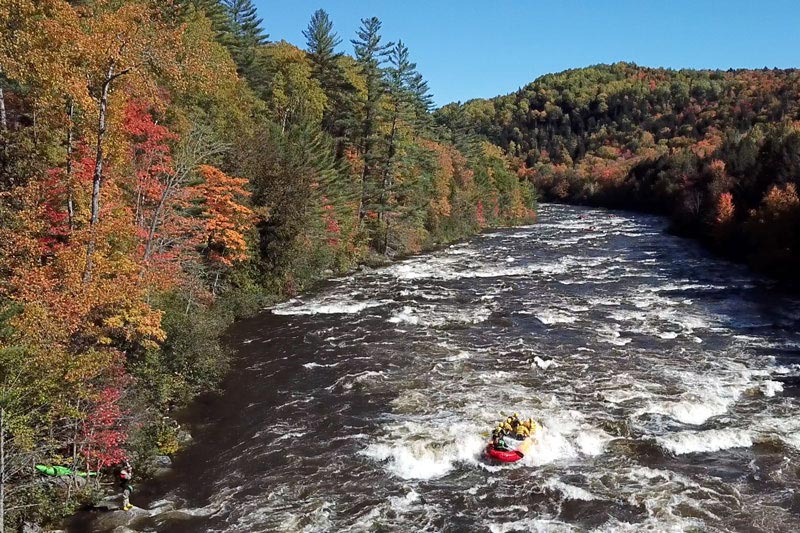
The Dead River has many class 4 rapids, including Poplar Falls
They eventually made it to the Saint Lawrence on November 9, however, and pressed on to Quebec City. There, Arnold demanded the French soldiers’ surrender. It was a laughable request. Arnold and his men were outnumbered and outgunned. The French refused. Soldiers from another party then joined Arnold’s men on December 3, and now that their numbers had increased, they decided to assault the city on December 31… and, they lost.
Old Canada Road to Quebec City
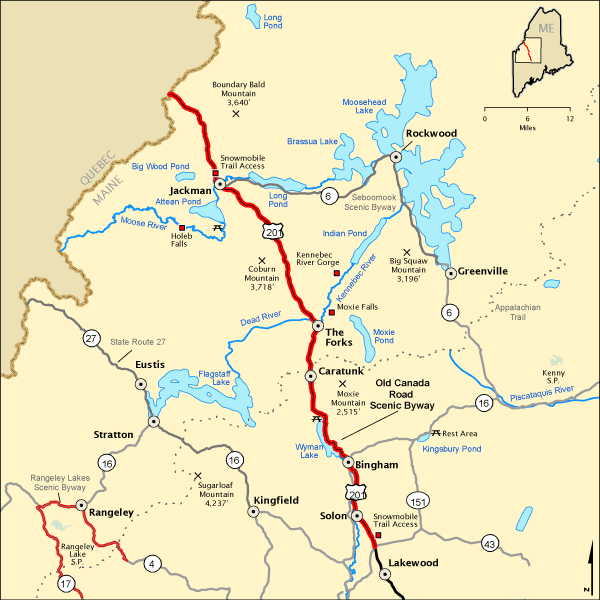
The good news is, if you want to go to Quebec from Massachusetts or Maine today, you don’t have to portage boats through thick forests. Benedict Arnold’s route has been replaced by the Old Canada Road. This is not a “direct” route per se, and you do have other options. Depending on your exact starting point, you can go up through Vermont or New Hampshire and then east to Quebec City; you can travel up along the eastern side of Maine from the Acadia National Park area north; or, mirror (by vehicle) Arnold’s trip. For many travelers, this is not only the most direct route, but the also most scenic. My wife and I took this very route when we traveled to Quebec City for a long, romantic weekend.
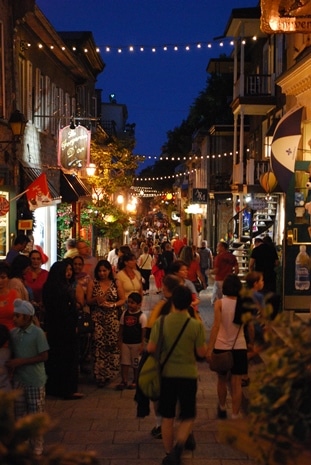
Why Quebec City?
Quebec, the province, is unlike other provinces in Canada. Not only is it French-speaking, but it still feels French. Quebec City itself, unlike Montreal or other Quebec cities, is particularly European-feeling. Nowhere else from Maine (or the rest of New England) can you drive to in such a short amount of time to feel like you’re in a place more European than North American. You can get by fine on English, but people around you will be speaking French, looking French, and acting French. The American dollar is strong in Quebec, the food is good, and the city is vibrant. Old Quebec has cute shops, restaurants, delicious pastries, and drinks. If you want to get out of the city for a short trip, Montmorency Falls Park is less than 20 minutes away and offers park visitors the opportunity to witness a 272-foot waterfall. It also has a rich history, and is a top tourist destination for visitors to Quebec.
Why not Montreal?
My wife and I also enjoy long weekends to Montreal. Montreal may not have the charm of Old Quebec, but it has more museums, more dining, and more shopping. It doesn’t have the same romantic vibe or super-European feel, either. We usually go through the top corner of Vermont on our way to Montreal, but we have taken the Old Canada Road there as well. It adds a small amount of time to the trip, but it also breaks up the scenery. We can go up the Old Canada Road, west toward Montreal, stay there for a few days, and then head south and east through Vermont.
Northern Outdoors as Your Stop Along the Old Canada Road
Much of the Old Canada Road’s most breathtaking views are through The Forks area, where the road skirts Wyman Lake. There are not many restaurants before this stretch, and there are certainly not many after. That’s why planning a stop at the Kennebec River Pub and Brewery makes perfect sense. You can hit us up for breakfast, lunch, or dinner.
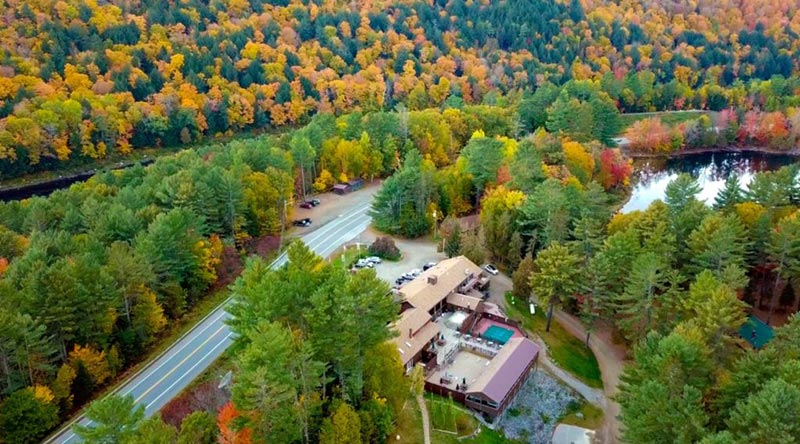
Northern Outdoors Adventure Resort and Kennebec River Pub & Brewery in the fall
You can also take a stretch break with one of our craft beers, brewed on site, and play a game of corn hole. If you’re “from away,” and are traveling to Quebec south of Maine, make a plan to stay awhile! Kick back for the night in a cabin or logdominium, or stay a couple of nights to spend time exploring the area by water or trail. We have a wide variety of cabins and rooms to fit your needs, and there are many nearby hiking trails and swimming holes if you need to stretch your legs or want to do some nature photography.
So brush up on your history of the Old Canada Road, pack your camera, watch out for moose in the road – and don’t forget your passport!
Share your trip idea with friends!

2 Responses
Is this a good road trip in November? How’s the weather then? How are roads?
Hi there! November is what we call “stick season” here– we might have some snow, but generally it’s bare trees and ground. It makes for great visibility, and I personally love the time of year. It’s not the beautiful foliage of October, but still a great opportunity to take a trip and see new sites. We are open for cabin rentals, and for a pitstop along your way at the brewpub (Mon-Thurs 2-9pm, Fri-Sun 7am-9pm). I’d recommend heading up to Quebec City, too!